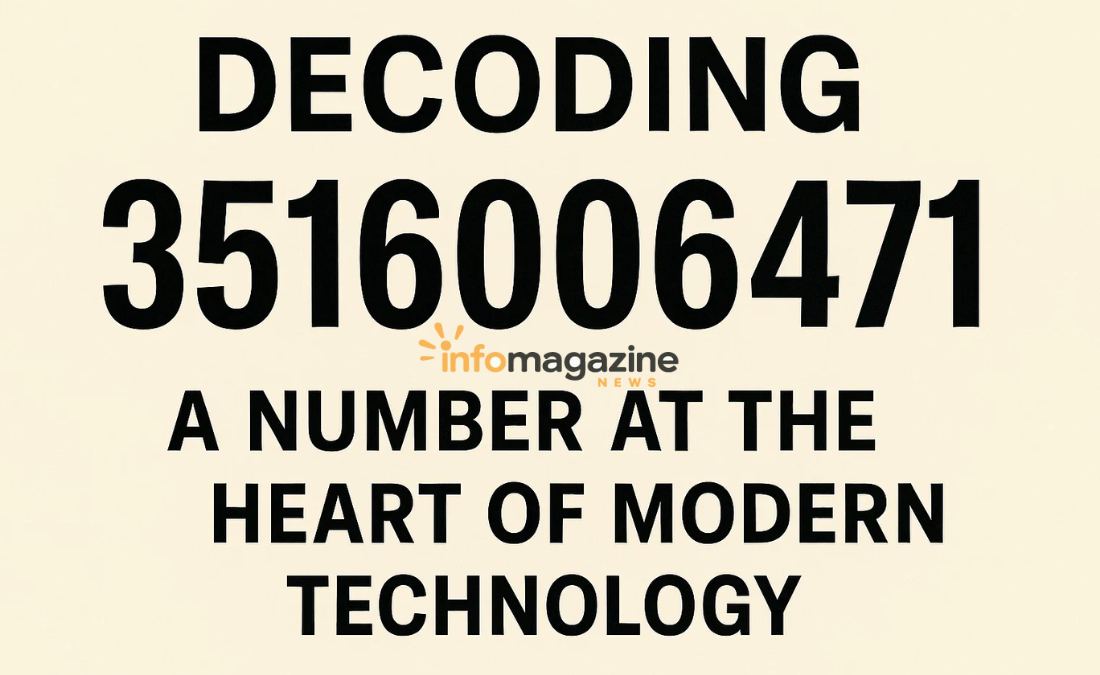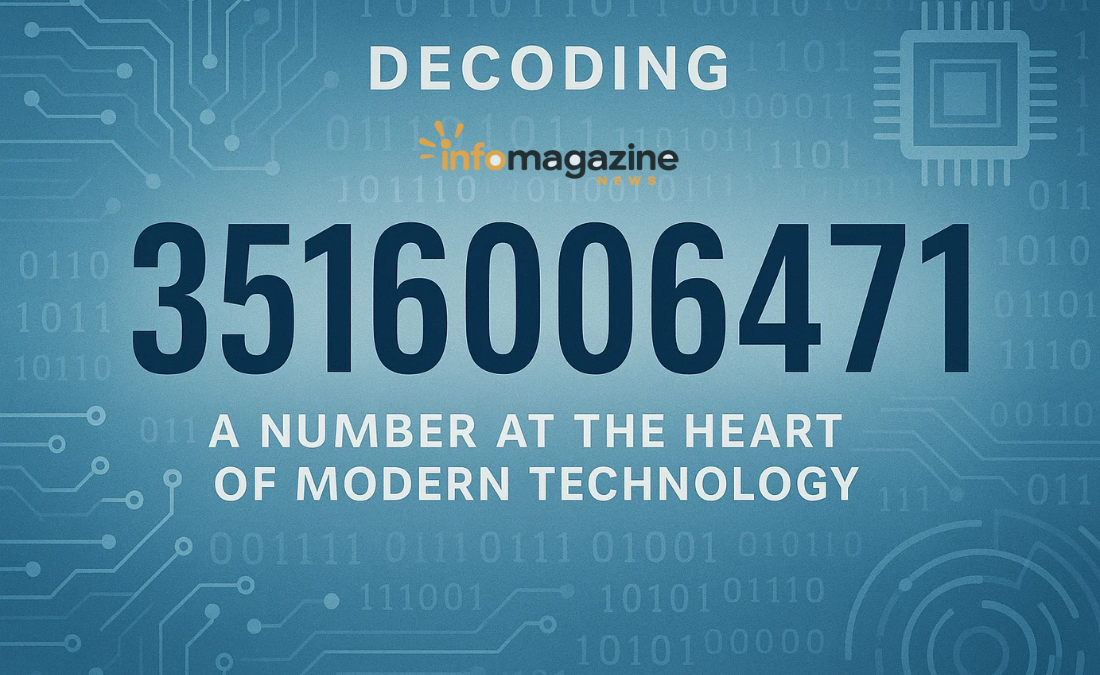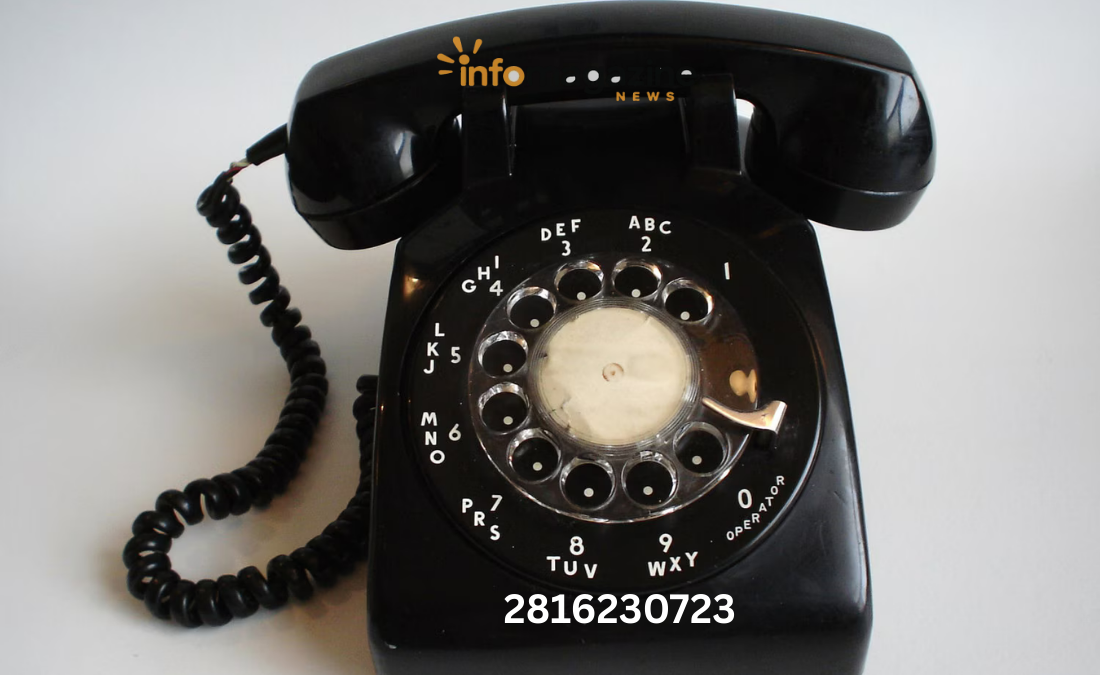In a world increasingly driven by data, digits are no longer just symbols for counting. They can be identifiers, codes, keys, and coordinates. A sequence like 3516006471 might appear, at first glance, to be a random string of numbers—perhaps a phone number or an account ID. However, in the specific context of global technology and manufacturing, this number holds significant meaning. It is a unique identifier, a passport for a device in the digital ecosystem. This article delves into the world of the International Mobile Equipment Identity (IMEI) number, using 3516006471 as a key example to explore its critical role in security, commerce, and our daily digital lives.
What is an IMEI Number? The Digital Fingerprint
Every mobile phone, tablet, and many other cellular-enabled devices possess a unique 15-digit code known as the International Mobile Equipment Identity (IMEI) number. Think of it as a digital fingerprint or a serial number that is permanently attached to the device’s hardware. Unlike a SIM card, which identifies a user’s account and can be swapped between phones, the IMEI number identifies the physical device itself. The number 3516006471 (which would be part of a full 15-digit sequence, e.g., 35-160064-71-XXXX-X) follows a standardized structure regulated by the international numbering group. The first eight digits, known as the Type Allocation Code (TAC), are the most revealing. The initial two digits (35 in our example) can indicate the reporting body that approved the code. The next six (160064) uniquely identify the device model and its manufacturer. The remaining digits (71 and the following six, which are obscured for privacy in our example) form the serial number and a check digit, ensuring the number’s validity.
The Critical Function of 3516006471 and Its Kind: Security and Tracking
The primary purpose of an IMEI number like 3516006471 is security and operational integrity. Mobile networks use this number to identify valid devices and can prevent a stolen phone from accessing the network. If a user reports their phone stolen, the provider can blacklist the device’s unique IMEI number across their entire network, rendering it useless for making calls or using mobile data, even if the thief replaces the SIM card. This system acts as a powerful deterrent against smartphone theft. Furthermore, manufacturers and regulators use IMEI numbers to track a device’s warranty status, its point of sale, and to gather data on device performance and authenticity. This makes a number like 3516006471 indispensable for combating counterfeit phones that may flood the market, ensuring consumers receive genuine, certified products that meet safety and quality standards.
How to Find Your Device’s “3516006471”
Locating your own device’s IMEI number is a simple process, and it’s crucial information to record in a safe place separate from your phone. The most universal method is to dial *#06# on your phone’s keypad. This USSD code will instantly display the IMEI number on your screen. Alternatively, you can find it in the device’s settings menu, typically under “About Phone,” “Status,” or similar. For iPhones, it’s found in Settings > General > About. On Android devices, the path is usually Settings > About Phone > Status. The IMEI is also almost always printed on the original packaging and, on older devices with removable batteries, on a label under the battery. It may also be engraved on the SIM tray. Knowing how to find this number is the first step in safeguarding your investment.

The IMEI in Action: Real-World Applications Beyond Theft Prevention
The utility of a number like 3516006471 extends far beyond just blocking stolen phones. Its applications are woven into the fabric of mobile technology:
- Warranty and Repairs: When you send a device in for service, the provider uses the IMEI to verify its warranty status, purchase date, and model specifications, ensuring you receive the correct parts and service.
- Used Phone Market: A savvy buyer or a reputable used phone retailer will always check a device’s IMEI number before purchase. This check can reveal if the phone has been reported lost or stolen, if it is still under finance (a “blacklisted” status in some countries), and can sometimes provide details on the device’s model and storage capacity, confirming the seller’s claims.
- Insurance Claims: Insurance companies require the IMEI number to process a claim for a lost, stolen, or damaged device. It is the definitive proof of the specific item you insured.
- Network Provisioning: Carriers use the IMEI to determine a device’s capabilities and push the appropriate network settings to it, ensuring optimal performance for calls, texts, and mobile data.
The Shadow Side: IMEI Cloning and Changing
Despite its security purpose, the IMEI system is not impervious to exploitation. Malicious actors can engage in “IMEI cloning,” where they reprogram a stolen phone’s software to mimic the IMEI number of a legitimate, clean device (like one with the number 3516006471). This allows the stolen device to bypass network blacklists. Similarly, “IMEI changing” software, though illegal in most countries, exists. This highlights an ongoing arms race between security experts and criminals. The industry continuously works on hardening the software and hardware that stores the IMEI to make such tampering more difficult, protecting the integrity of identifiers like 3516006471.
Protecting Your Digital Identity: Why Your IMEI Matters
Your phone’s IMEI number, like 3516006471 in our example, is a core part of your device’s identity. Therefore, protecting it is a aspect of personal cybersecurity. While someone cannot directly harm you with just your IMEI number (they cannot access your data or accounts with it), it should still be treated with care. Avoid publicly posting pictures of your phone that show the IMEI on the box or SIM tray. Be cautious about which third-party websites you use to check your IMEI; stick to well-known, reputable services. The greatest risk is that a malicious actor could use your clean IMEI to clone onto a stolen device, which could potentially cause complications for you if that cloned device is used for illegal activities. The best practice is to know your number, keep it private, and only provide it to trusted entities like your carrier, insurer, or authorized repair shop.
Conclusion: More Than Just a Number
The sequence 3516006471, representative of every IMEI number in the world, is a deceptively simple string of digits that carries immense weight. It is the linchpin of mobile device security, a crucial tool for consumers and businesses in the second-hand market, and an essential identifier for network operators and manufacturers. It empowers users to protect their property and holds the industry accountable for the devices they produce and sell. As our world becomes ever more connected through cellular technology, the humble IMEI number will continue to serve as a fundamental guardian of security and order in the mobile ecosystem, proving that sometimes, the most important things are hidden in plain sight, waiting to be understood.




